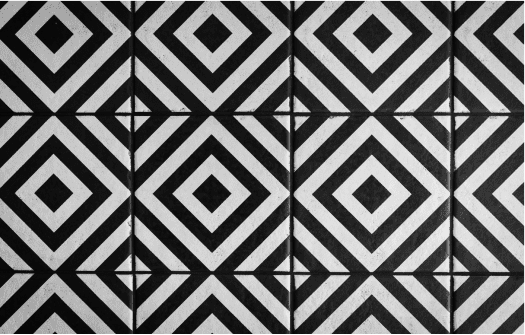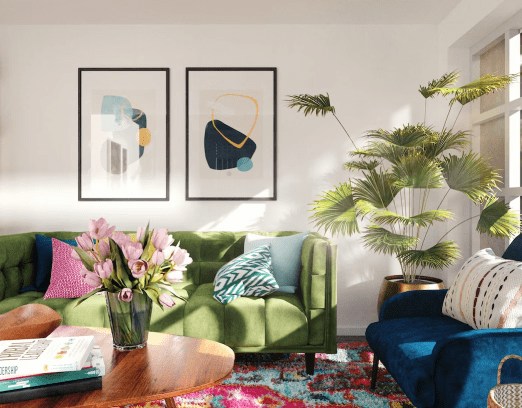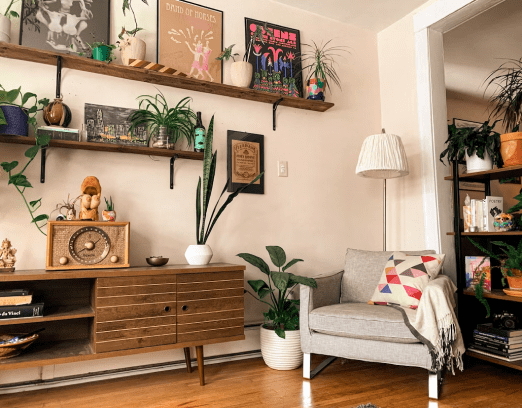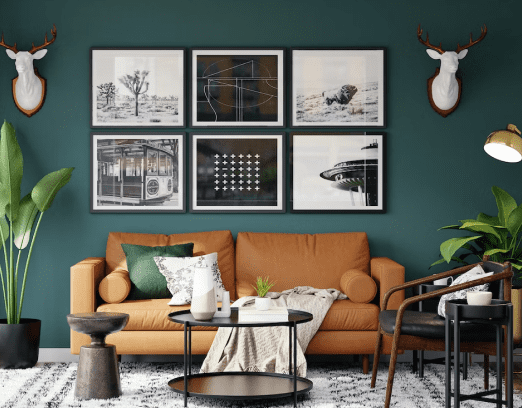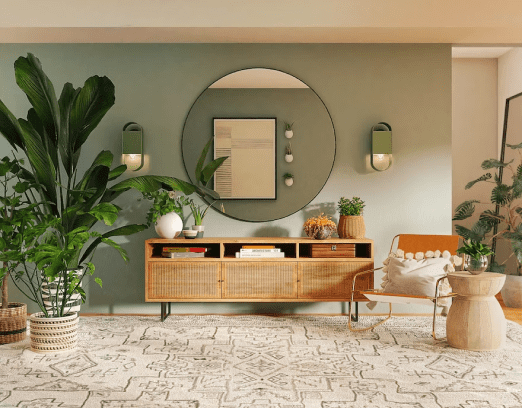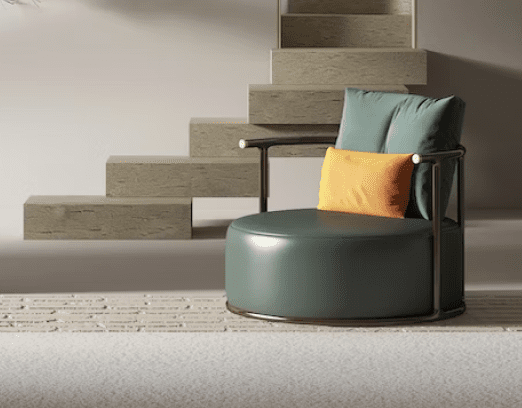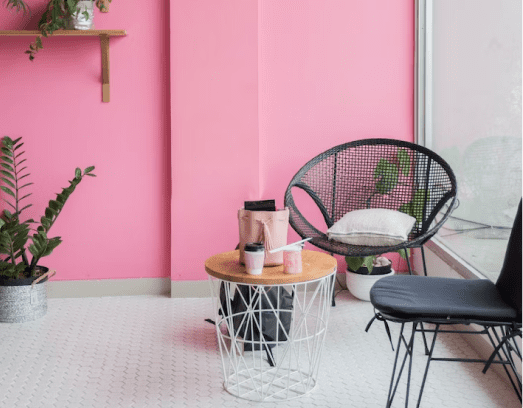what is
Mid-Century
furniture
History, Colors &
Patterns

The mid-20th century
1930s & 1960s
Emerging in the mid-20th century between the 1930s and 1960s, Mid-Century furniture saw designers focus on optimizing the functionality of the pieces they created, stepping away from overly decorative and ornamented designs.
Not only did the clean lines and minimalist nature of this era make for timeless pieces, but these styles reflected the needs and priorities of homeowners at the time.
In this article, we’ll consider Mid-century furniture’s history and why it’s still influential today, diving into the colors, patterns, and how you can use these vintage styles as inspiration for interior design in your home decor.

History of Mid-Century Furniture
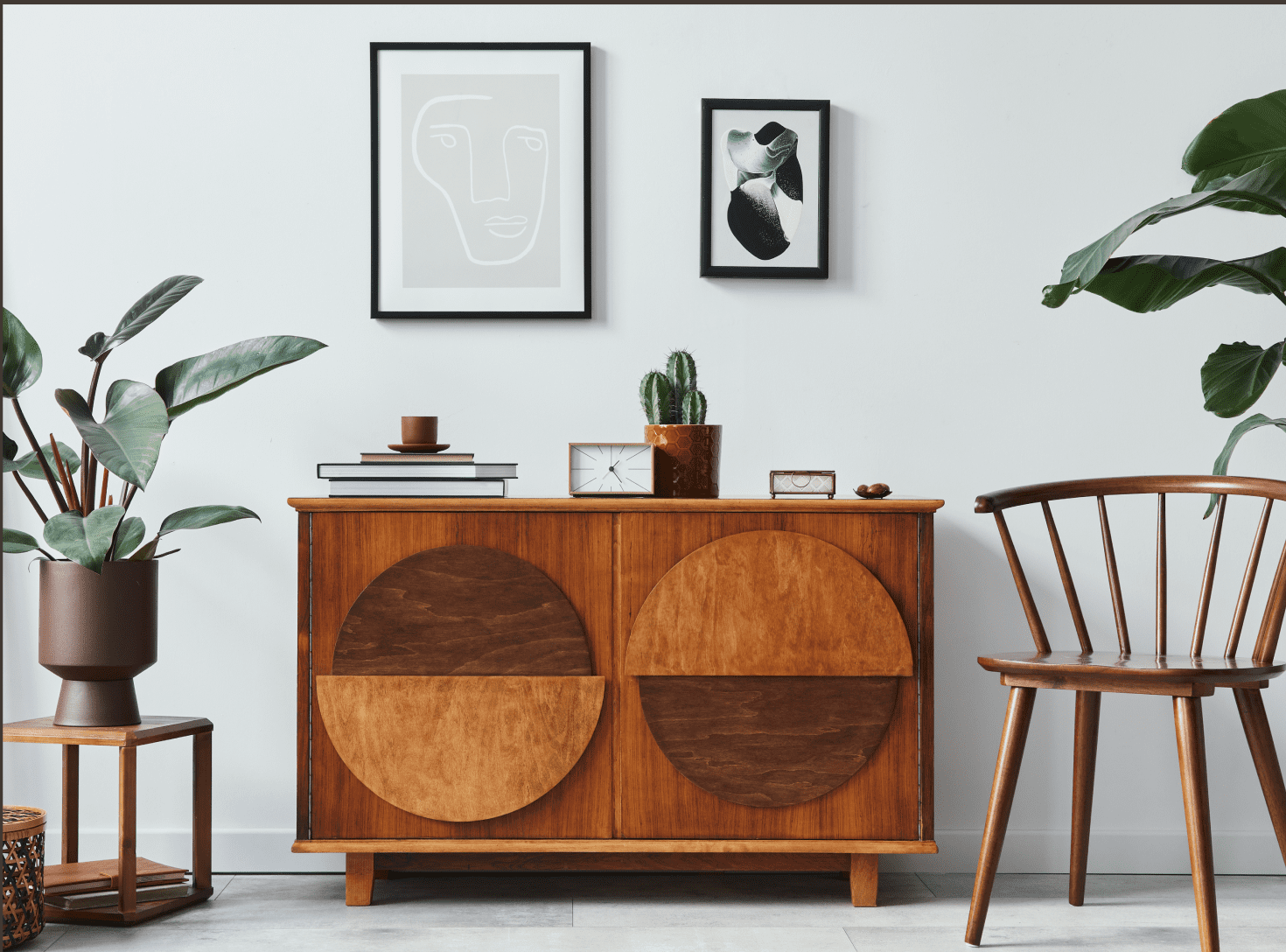
The 1930s
Mid-Century furniture
Mid-Century furniture dates back to the 1930s and saw designers considering societal change and how different pieces could reflect this through functional forms and less art-driven designs.
This era intertwined with the Bauhaus movement, in which furniture’s simplicity and practicality were priorities, keeping ornamentation to a minimum while ensuring final designs were eye-catching and visually appealing.
1919
The Bauhaus movement
The Bauhaus movement started in 1919 and saw materials such as tubular steel, glass, and plywood be used for furniture pieces to create exciting shapes while ensuring the overall design was aesthetically appealing. Moving to Mid-Century furniture saw a similar level of innovation but implemented more functionality.

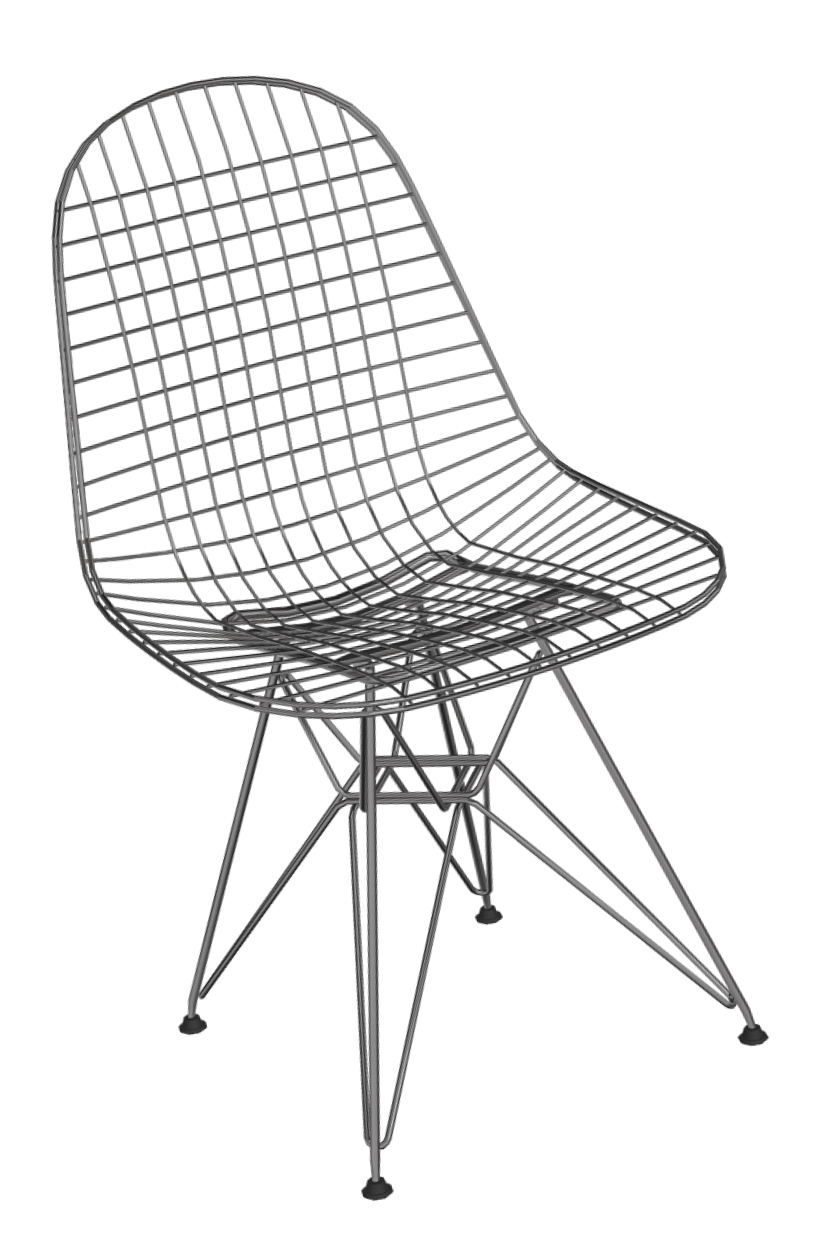
Mid-Century furniture also came at a time of post-war needs, in which society prioritized practicality. Still, economic growth enabled new designs and stylish furnishings to emerge.
These more contemporary styles saw a combined force of style and functionality, which was hard to come by in the early 1900s, helping homeowners to establish more individuality in their interiors without sacrificing practicality.
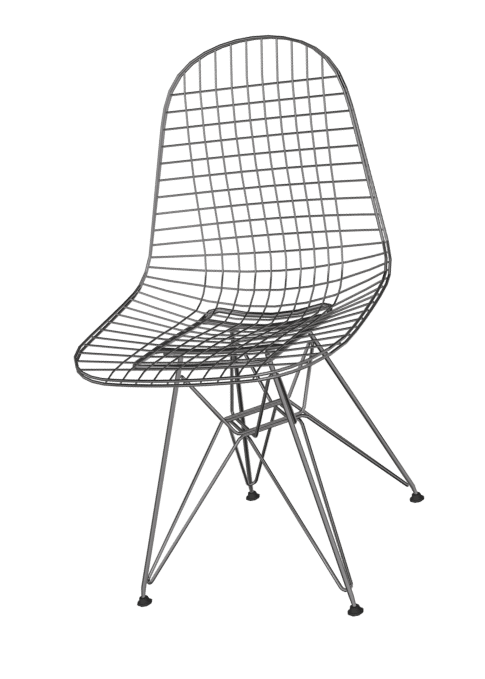
Influential Designers
As this era spanned from the 30s to the 60s, many designers were popular and influential during this period. However, specific designers stood out with their creations having lasting artistic impacts and still being used as reference points for contemporary designs.
Arne Jacobsen
Arne Jacobsen is renowned as one of the most well-known artists of this time, with his swan and egg chairs remaining iconic designs that heavily influenced the sleek, clean lines seen in the Scandinavian Modern Style, which emerged in the 1950s and took the world by storm.
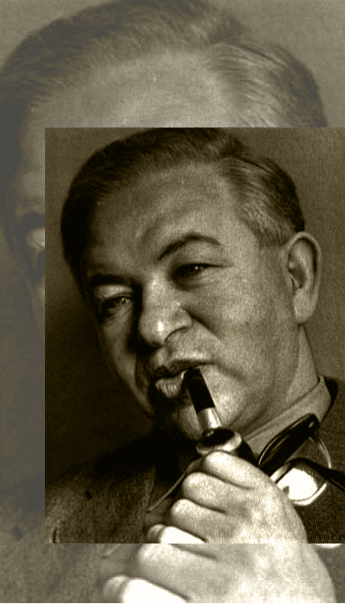
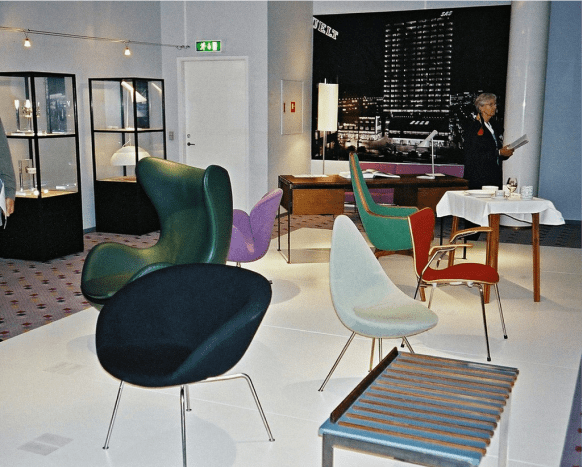
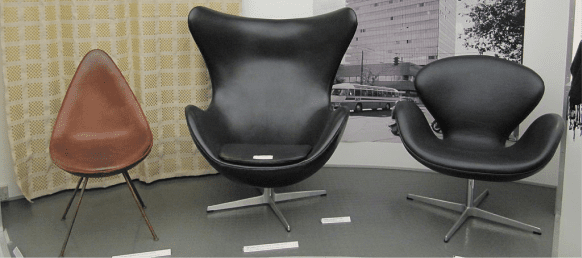
Arne
Jacobsen’s
Designs
Interestingly, in the past couple of years, Jacobsen’s egg table design has relaunched and once again grown in popularity. Its intriguing structure of rounded edges was initially designed to fit into small kitchen spaces, ensuring homeowners could optimize their space while establishing unique and aesthetically pleasing styles.
Charles and Ray Eames
Charles and Ray Eames injected innovation into their designs using obscure materials such as fiberglass and molded plywood. The pair opened their office in 1941, molding plywood into unique shapes. However, when World War II struck, they paid attention to creating items such as leg splints to offer support in their own way.
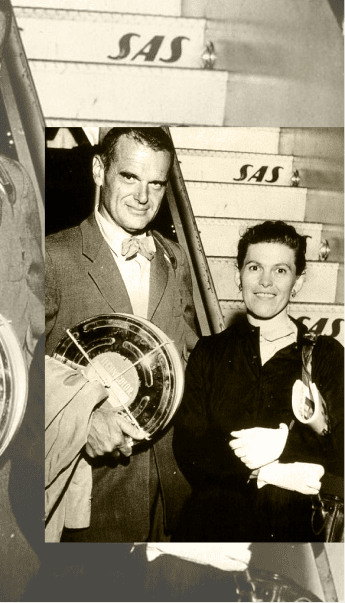
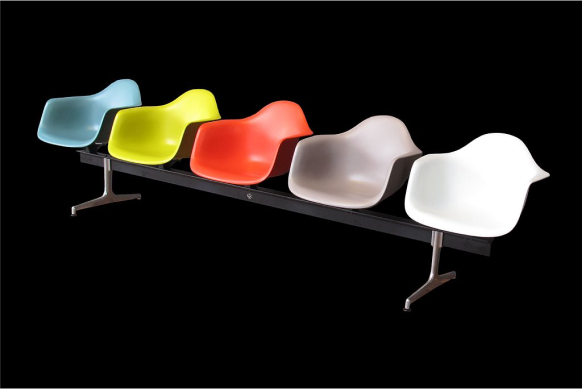
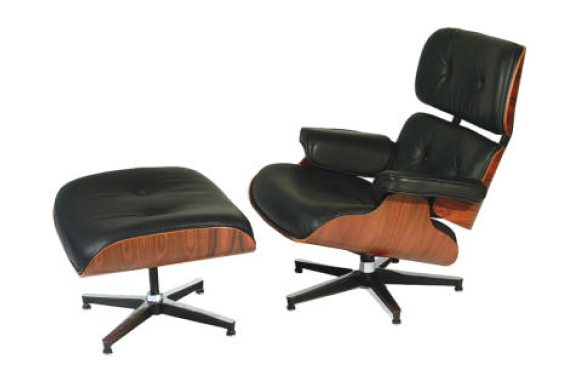
Charles & Ray
Eames
Designs
Off the back of the war, they continued working in the Eames office. Their furniture was playful, with eye-catching shapes and bold yet practical colors that ensured a range of consumers could incorporate these styles into their homes, inspiring the next generation of designers to continue creating innovatively.

As Mid-Century Modern furniture continued to grow in popularity in the United States, the 1950s and 60s saw the rise of various designers, such as George Nelson and Eero Saarinen. The pair created designs such as the Tulip Table and Ball Clock. Both had a quirky, playful feel that took the interior design from ornamented and decorative to minimalist and modern.
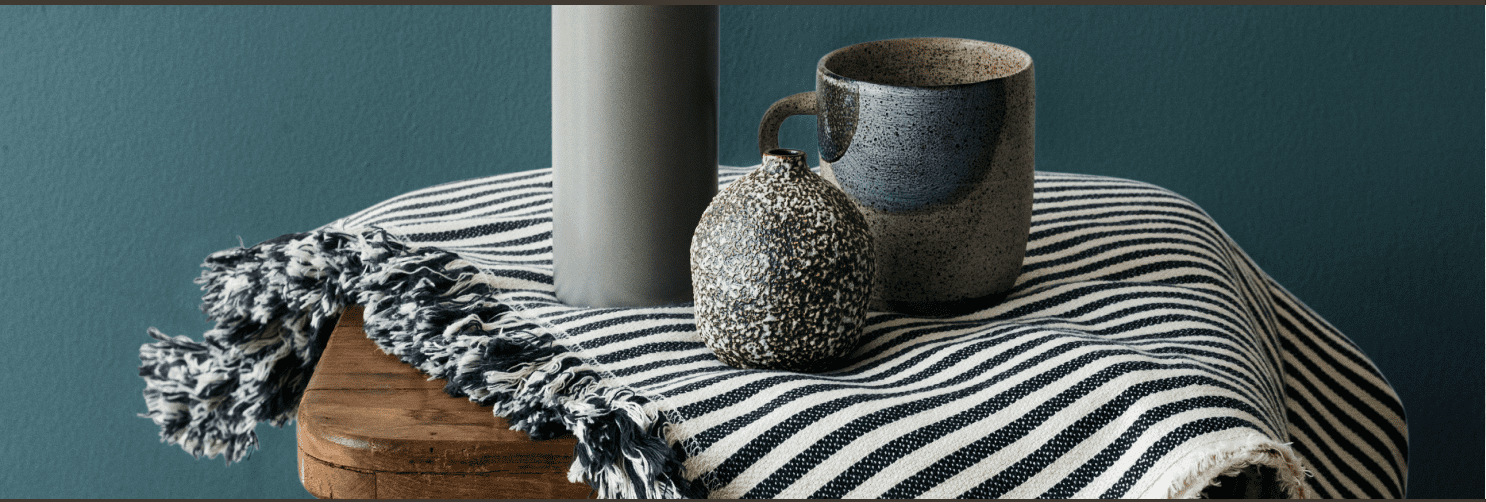
Color & Patterns of Mid-Century Furniture
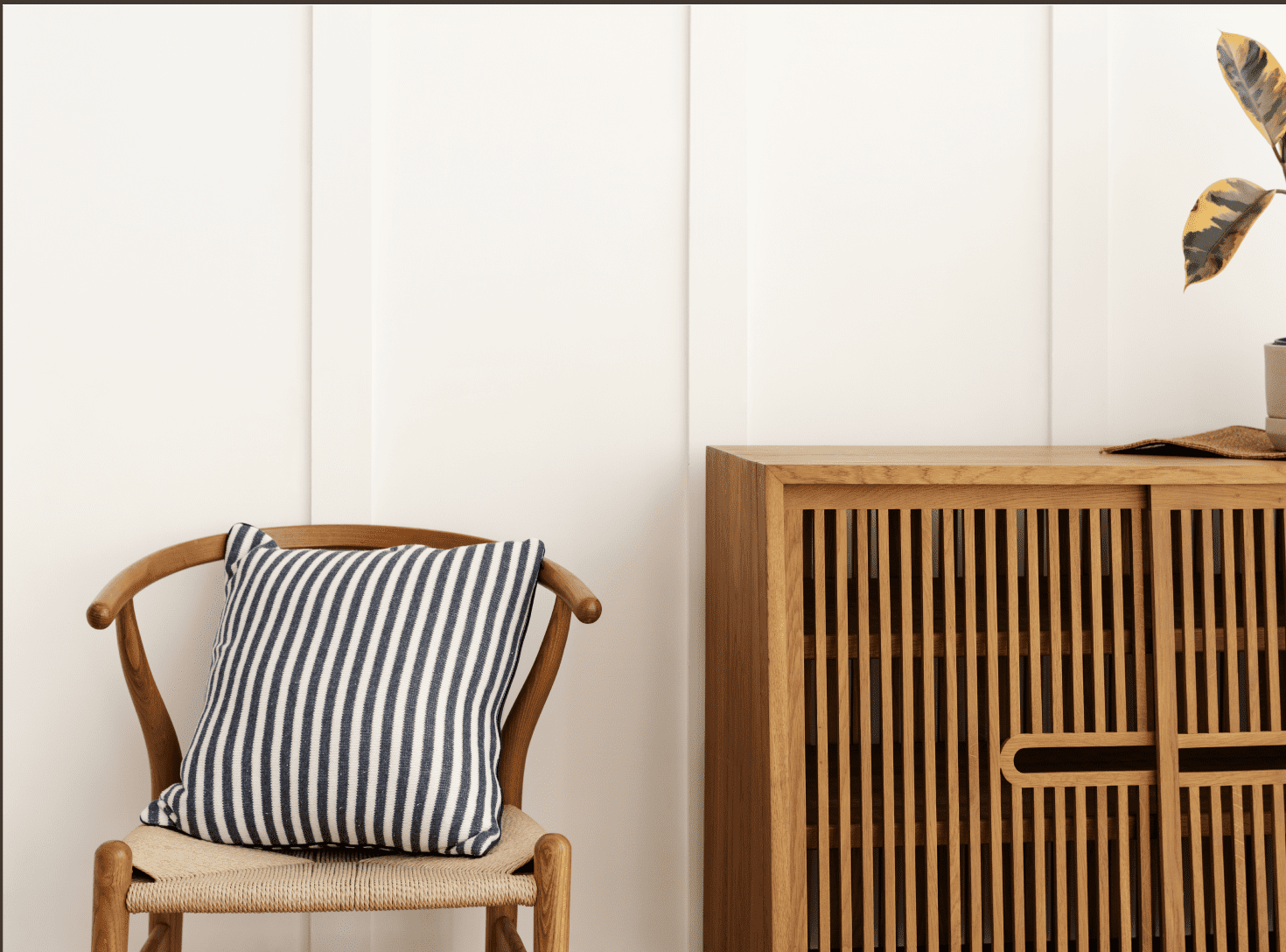
Vibrancy and bold colors were at the heart of Mid-Century furniture, bringing minimalist and contemporary designs to life through striking color palettes that didn’t detract from the simplistic nature of these pieces. Instead, it was about adding a pop of color for personality and visionary effect. Here are some of the popular choices from this time;
Teal.
Commonly used for accents and upholstery pieces, this vivid blue-green shade became popular in the 50s and 60s and was perfect for incorporating into sophisticated interiors.
Mustard Yellow.
Ideal for adding a fun, vibrant effect to furniture, this golden shade was synonymous with accessories and upholstery during the Mid-Century.
Olive Green.
Another well-loved upholstery color was olive green, a deep green shade that added depth to a space and complimented earthy tones such as brown exceptionally.
Red.
One of the most visually striking shades is red, and designers used the color for statement pieces such as sofas, lounge chairs, and other stand-alone pieces that added a pop of color and dimension to a room.
Orange.
Orange was the perfect Mid-Century furniture shade due to its ability to add vibrancy on its own or to be paired with clashing shades and geometric patterns for rustic and intriguing upholstery visuals and accent pieces.
For designers with the intention of making furniture that oozed sophistication while still incorporating the playful vibe of mid-century modern furniture, shades such as pink, black, white, gray, and blue were popular.
How Designers Used Colors in Mid-Century Furniture
As furniture was predominantly minimalistic during the Mid-Century, color was an important design element, adding personality and boldness to various pieces.
The way designers used color in this period was a far jump from the decorative color patterns of previous eras and was instead used to invoke positive feelings and step away from traditional colors.
Color Blocking
Color blocking was one of the most popular Mid-Century Modern techniques, in which designers would use contrasting colors intertwined with geometric shapes and patterns to create a striking and graphic look.
For example, chairs had contrasting colors on their backrest, such as green compared to brown on the seat, creating a retro vibe.
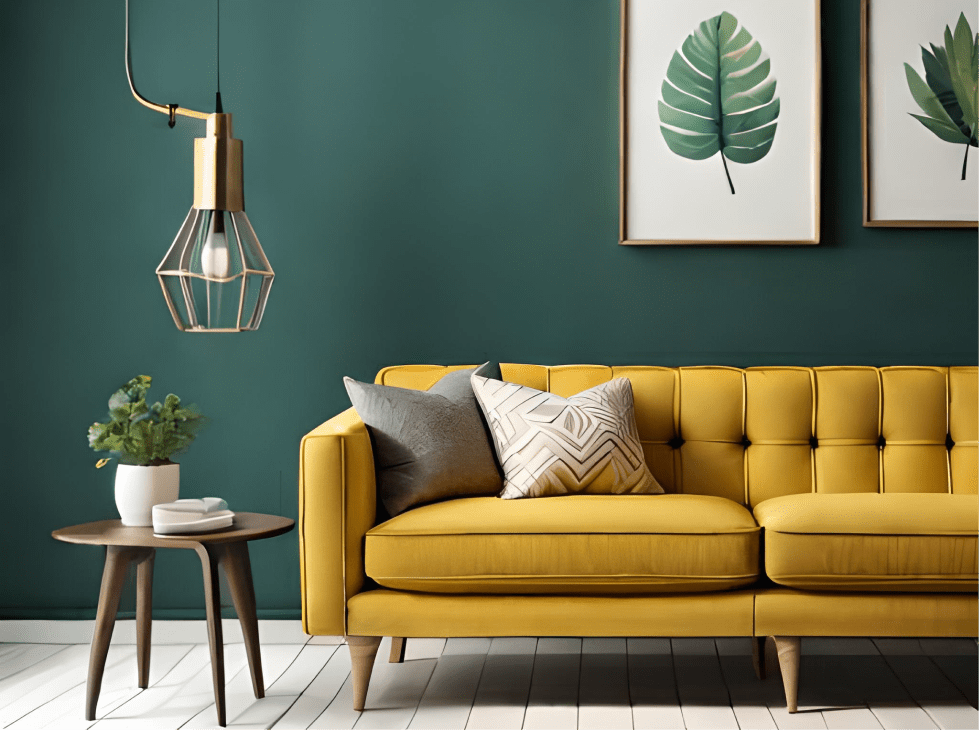
Monochromatic
Palettes
Monochromatic palettes were increasingly popular at this time, too, in which designers would create pieces with one shade used throughout but with varying textures and patterns that equated to a visually intriguing and minimalistic design. For example, a lounge could feature a sofa, wallpaper, and curtains in different shades of orange for a harmonious result.
On the other hand, colors could be used for creating contrast and adding a pop of color, with different features coming in clashing colors for visual interest. For example, a mustard yellow wall with a white chair would see two different color palettes collide for a unique and contemporary finish.
Iconic Patterns and Motifs of The Mid-Century
There were several patterns and motifs that made Mid-Century furniture stand out from other periods. Let’s take a look at the most iconic ways and why they were so influential;
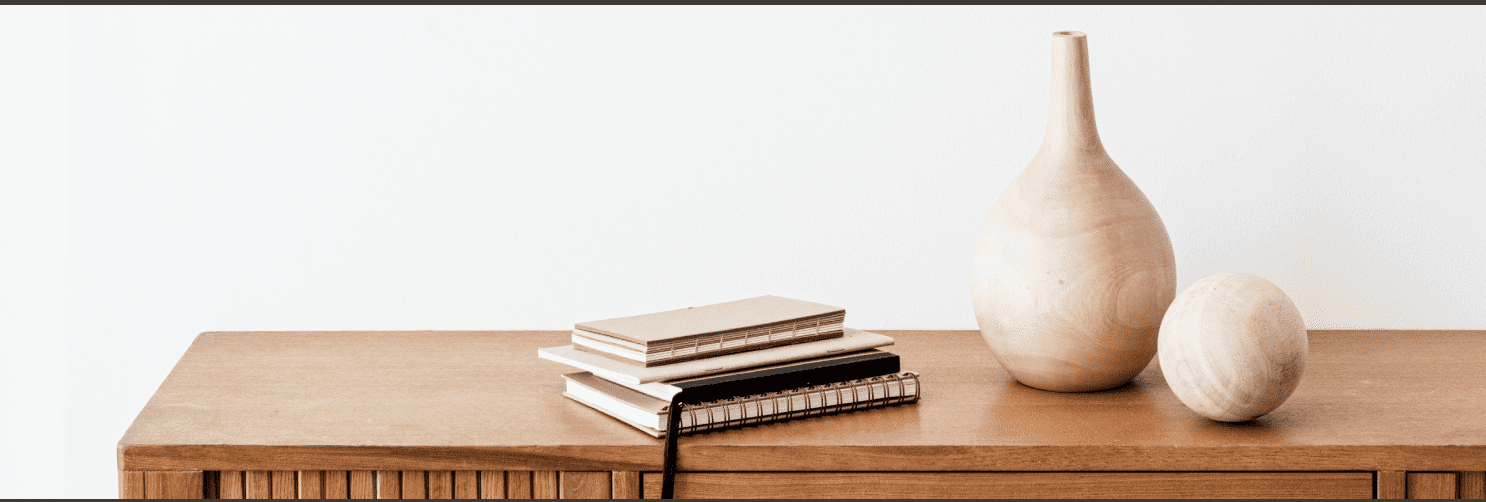
Characteristics of Mid-Century Furniture
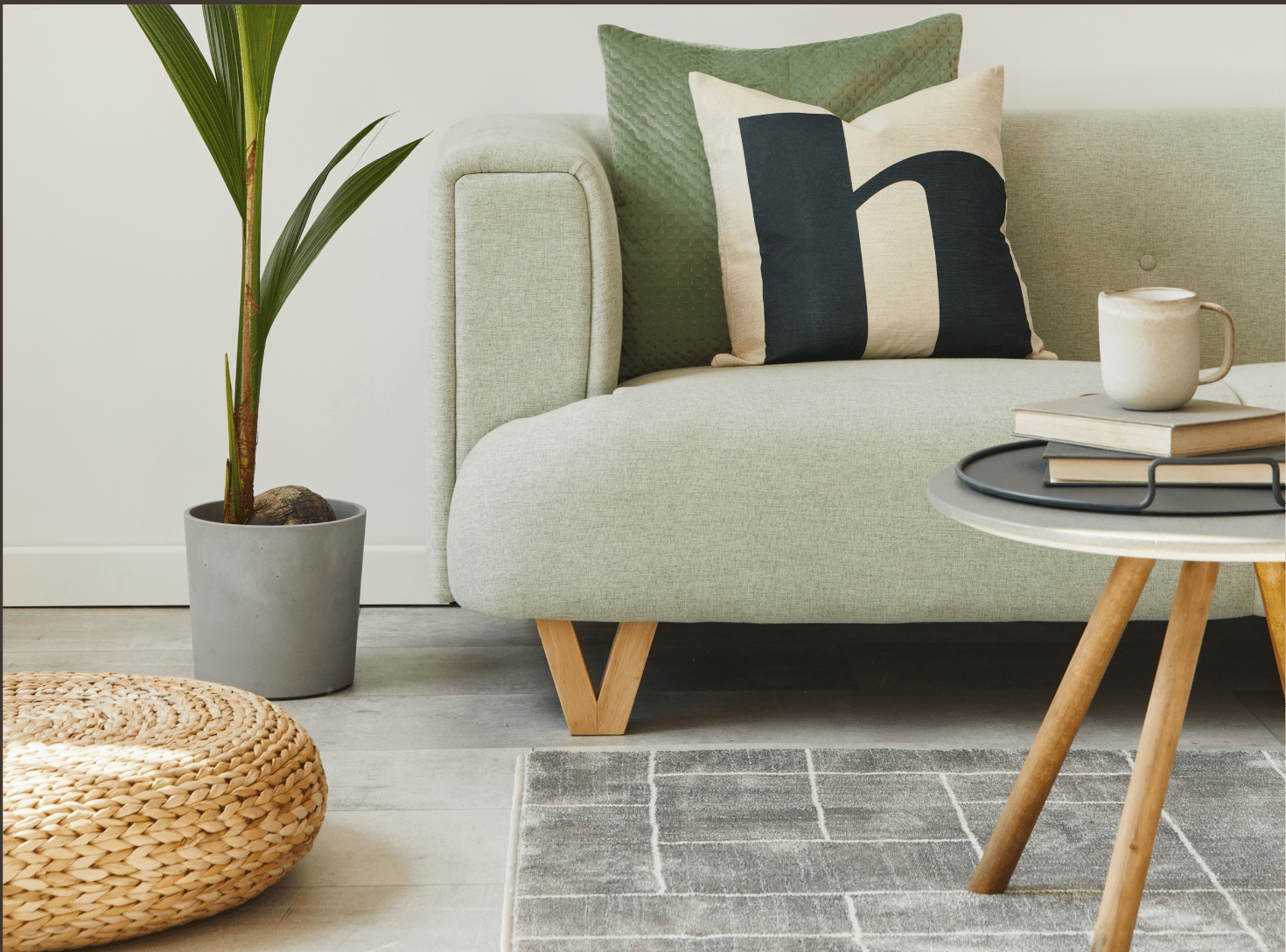
There were several characteristics that Mid-Century furniture became renowned for, helping collectors to identify pieces from this period. Let’s take a look at the best-known aspects and why so many designers included them in their designs;
Form & Function
While some elements of Mid-Century furniture were artistically driven, creating functional and practical pieces that served their purpose was a priority
The layout of most furniture in this period was minimalistic, with clean lines and sleek finishings that vastly differed from those of previous decades.
Mid-Century furniture =
Less is More
Instead of upholstery and carvings, including intricate ornamentation, Mid-Century furniture centered around the notion of less is more. However, this minimalist approach didn’t detract from the overall function of the furniture. Instead, designers became more in tune with how to achieve elevated comfort.
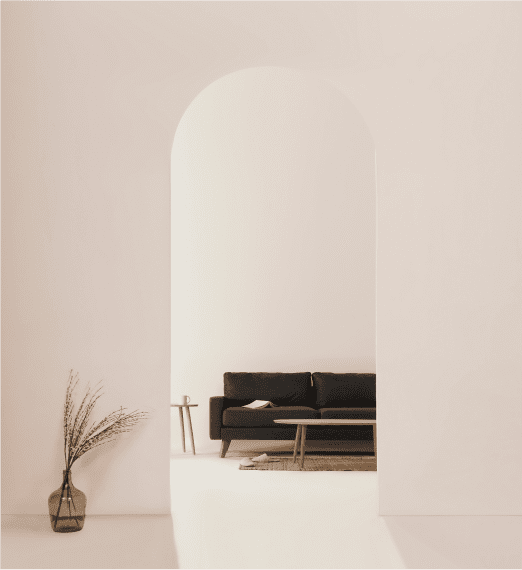
Ergonomics were essential to this era, in which designers created furniture that supported the body’s comfortable positions using materials such as foam rubber and molded plywood to achieve curved, relaxing formats. This more practical approach reflected the needs of a post-war society, in which entertaining at home and using the furniture and space you had was more common.
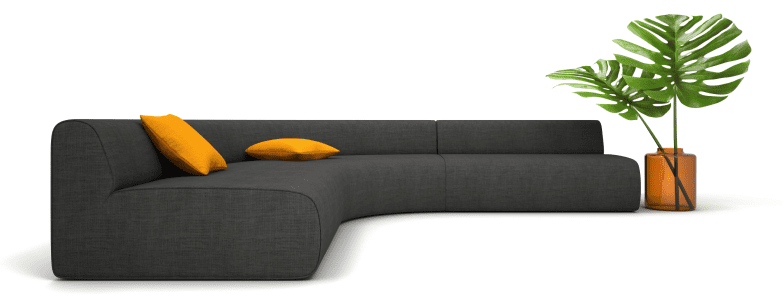
Sectional Sofas Grew in Popularity
Practicality didn’t stop at comfortable characteristics either, with many furniture pieces featuring modular designs that allowed consumers to customize their items to fit their home layouts. For example, sectional sofas grew in popularity, in which customers could move specific parts of the couch to different areas of their lounge space to optimize seating arrangements.
Materials
There were several materials popular for Mid-Century furniture use. Let’s take a look at these;

Wood
Walnut, teak, and rosewood were the most popular types of wood used for Mid-Century furniture, favored for their versatility and ability to look natural and pristine simultaneously. Additionally, wood is incredibly durable, helping designers create long-lasting minimalistic pieces.

Metal
Steel, brass, and aluminum were some of the most common types of metal used in Mid-century furniture, perfect for adding accents and creating sleek and minimalistic looks. As we mentioned earlier, adding contrast was a considerable part of this era, and metal was ideal for injecting a modern twist into wooden and natural types of furniture.

Plastic
As plastic production and development significantly evolved in this era, designers started incorporating different variations of the material into their creations. An example of this was lightweight chairs that followed exciting shapes, with fiberglass and polypropylene often used due to their durability and ability to be molded.
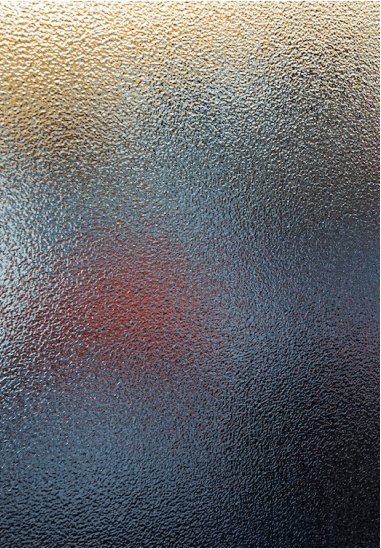
Glass
One material perfect for creating sleek finishes is glass, and Mid-Century furniture saw designers begin to incorporate the material into coffee tables and other pieces for sophisticated and minimalist styles. Often tempered glass was paired with metal casing and frames for a tidy appearance.
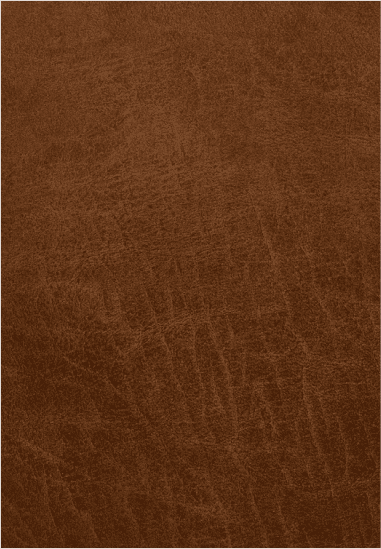
Upholstery
Vinyl, leather, and wool were some of the most common upholstery fabrics, bringing different personalities and angles to pieces. Often, designers selected bold and vibrant shades for these materials, along with graphic patterns, for added visual interest.
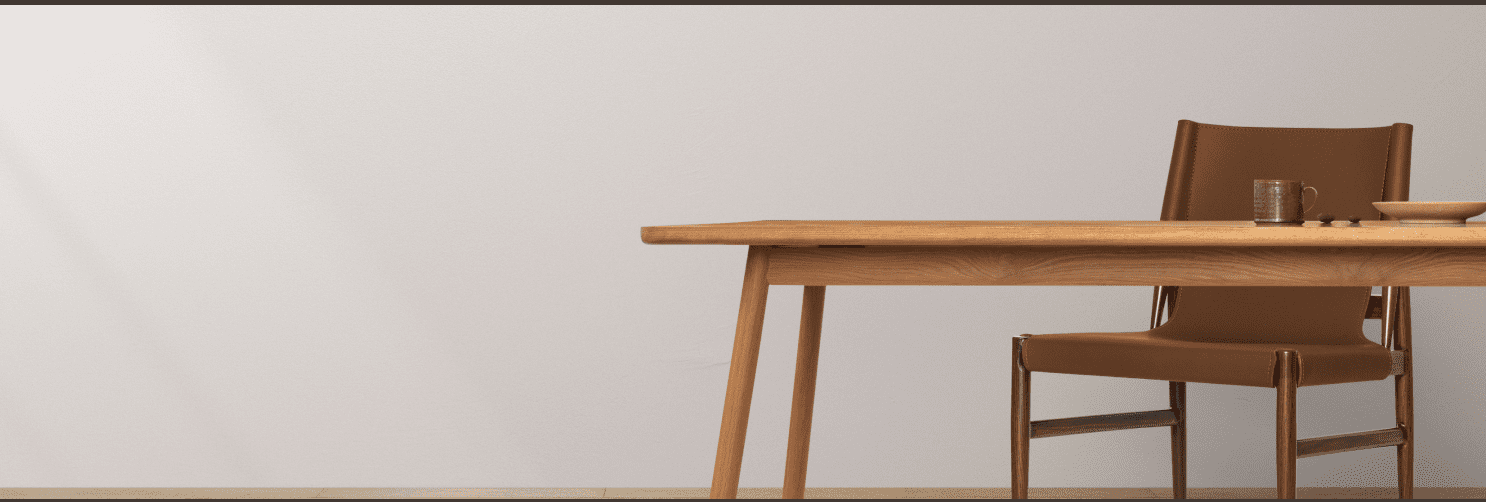
The Appeal of Mid-Century Furniture Today
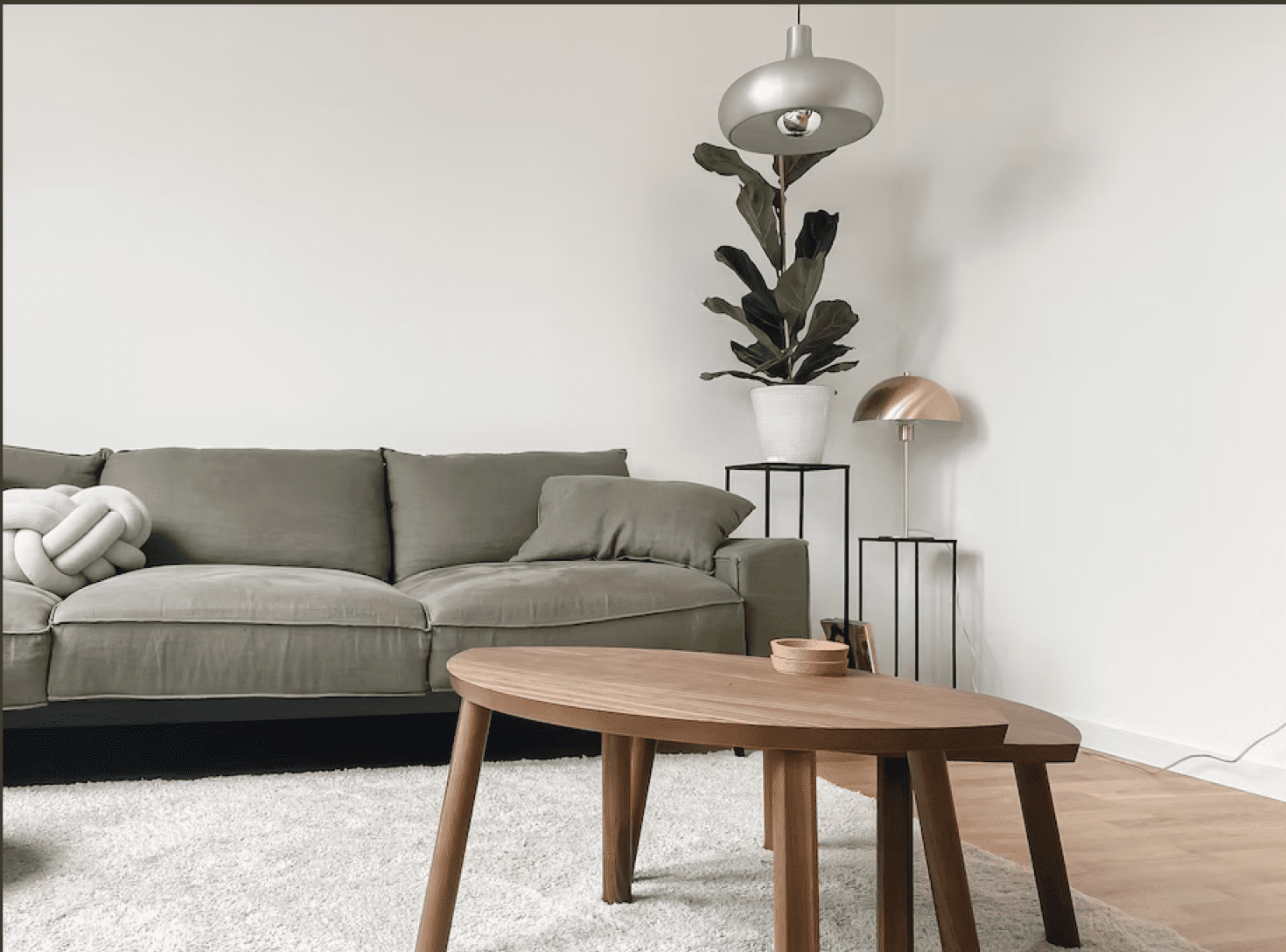
In the past few years, there has been a resurgence in the popularity of Mid-Century furniture, with many consumers and collectors falling in love with retro styles that add personality to modern homes. But, there are more reasons for this resurgence than you may initially consider;
Nostalgia
Mid-Century
furniture
pieces
When the world went into lockdown in 2020, much of society dipped back into what made them feel happiest and brought them comfort.
For many who grew up in the Mid-Century, furniture pieces from this time bring back fond memories, making them popular purchases today as they can incorporate a part of their past into their interior.

Retro Charm
In recent years, modern furniture has become incredibly neutral and minimalist, and while this style suits some, others crave more unique interiors.
Mid-Century furniture is perfect for those wanting a retro feel to their home due to the bold colors and unique charm these pieces can bring.

Timelessness
The more minimalistic styles of Mid-Century furniture are utterly timeless and can seamlessly fit with a range of interiors.
The understated elegance of the organic forms synonymous with this time are inviting and dependable no matter your interior style.
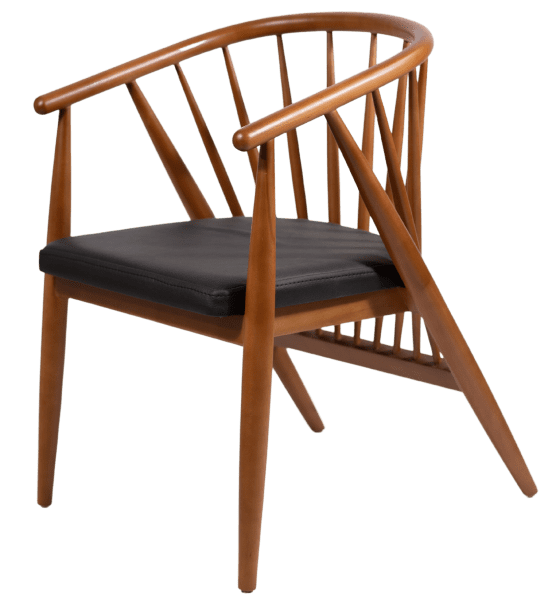
High-Quality Craftsmanship
Truly
Exceptional
Pieces Created
As Mid-Century furniture was manufactured at a time when techniques, materials, and design processes were evolving, there were some truly exceptional pieces created. The merging of traditional and more modern production techniques saw a long-lasting, durable finish that consumers still invest in.
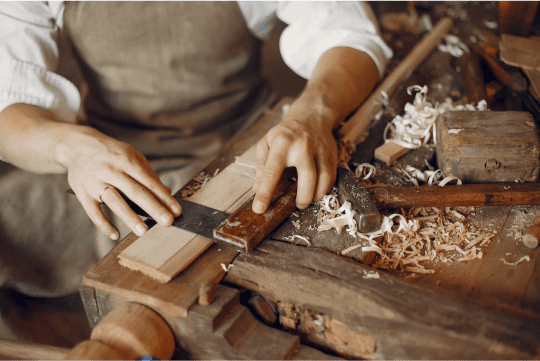
Sustainability
Unsurprisingly, many of us aim to be more sustainable when selecting home furniture. Mid-Century furniture offers a durable and attractive choice for many due to its manufacturing processes and the fact they are second-hand.
Versatility
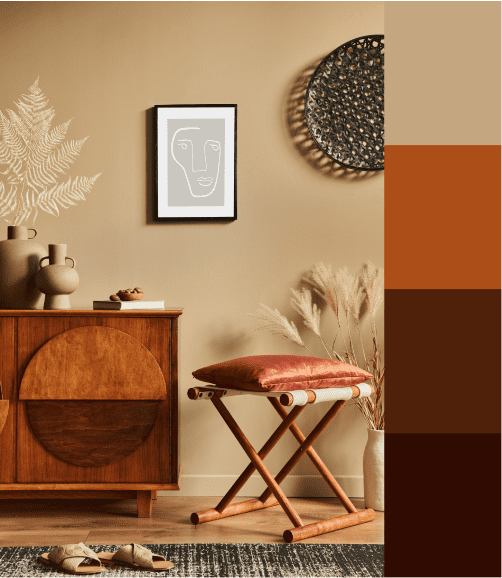
From minimal clean lines to bold colors, there are plenty of options provided with Mid-Century furniture, making it an accessible and versatile style of furniture that can be incorporated into a range of different interiors.
Accessibility
As briefly touched on in our above point, Mid-Century furniture is accessible, which has led to an increase in its popularity in recent years. We can pin this accessibility on the rise of second-hand and vintage shopping, making it easier for consumers to get their hands on authentic Mid-Century pieces.
Investment Value
There are many reasons why Mid-Century furniture has investment value, and collectors’ items rise in price over time due to authenticity, giving them excellent investment potential for those interested in this market.
Rare Pieces
Rarity is one of the biggest reasons behind the investment value of Mid-Century furniture, as designs were produced with minimal qualities giving them an exclusivity and one-of-a-kind potential that collectors and consumers love.

There were also a handful of influential designers with furniture creations during this time, with the likes of Hans Wegner, Charles, and Ray Eames Arne Jacobsen providing celebrated furniture pieces that collectors still go wild for today. Often, these pieces go for high prices and have excellent bidding value.
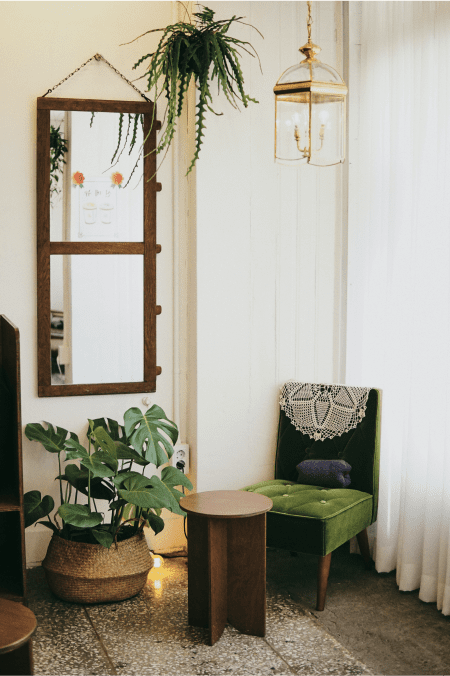
Made to be
Long-Lasting
As Mid-Century furniture was centered around optimal functionality, designs were made to be long-lasting. As a result, Mid-Century creations are often much better quality than mass-made modern furniture, with their minimalistic and straightforward designs featuring high-quality materials and exceptional craftsmanship that gives them the upper edge over modern-day designs.
Additionally, this era’s nostalgic appeal and style influence is increasingly apparent today and will likely only become more evident in years to come. With collectors becoming aware of consumers falling in love with vintage styles, the value of these pieces will only rise.

How to Incorporate Mid-Century Furniture in Your Home

If you want to incorporate Mid-Century furniture into your interior, you may wonder where to start. It can be challenging to blend styles from different eras together and make the final result seamless, but Mid-Century furniture is incredibly versatile. Below, we will take you through our top tips for adding Mid-Century furniture to your home.
Find Authentic Mid-Century Pieces
There’s nothing worse than thinking that you’re investing in vintage furniture and realizing that your item isn’t as authentic as your seller made out. To avoid this, it is essential to complete research and understand standout designers, materials, and styles used during the Mid-Century to know what to look out for when making a purchase.
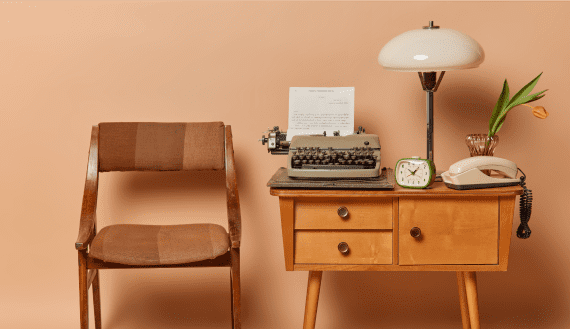
When it comes to shopping, make sure you visit a reputable dealer with good knowledge of this design style that can provide you with information and the history of the pieces they are selling to validate their authenticity and give you peace of mind. A reputable dealer should help you feel comfortable with your investment, and you will be able to tell, based on their knowledge level, how trustworthy they are.
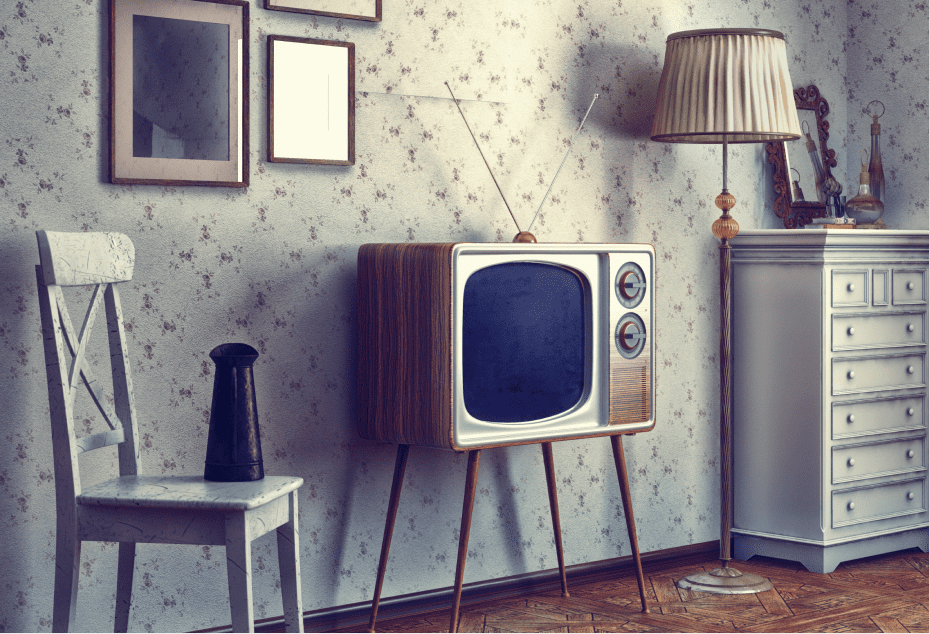
Of course, there are ways to check for signs of authenticity yourself to minimize your risk of purchasing items that aren’t vintage. Looking out for signs of wear and tear and authenticity, such as labels and markings, will indicate if the item is vintage, as it is rare for vintage mid-century furniture not to have any signs of ageing.
As mentioned earlier, Mid-Century furniture was designed to be long-lasting, and functionality was critical. Therefore, you will be able to tell if a piece is authentic versus a knock-off, as the quality of craftsmanship on real Mid-Century furniture is exceptional and will greatly vary from cheaper, more modern alternatives.
If you try the above methods and you’re still trying to decide whether the furniture piece you’re interested in is authentic, you can enlist the help of an appraiser specializing in Mid-Century furniture. An appraiser can help determine the authenticity of a furniture piece, along with its value.
Incorporate Mid-Century Furniture With Other Styles
Although adding vintage furniture to your modern interior may sound conflicting, there are plenty of ways to make this work to your advantage.
As modern furniture features sleek lines that are often minimalistic, you can add striking pieces of Mid-Century furniture in bright colors and intriguing shapes to add contrast and variety to your home.
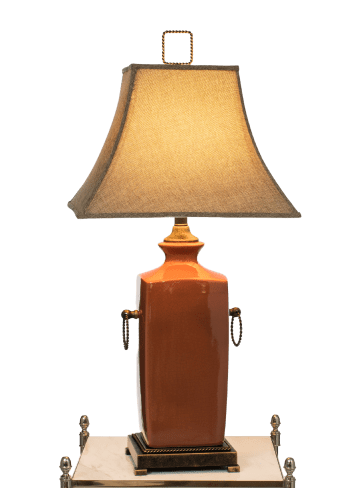
Accessorizing Your Space
Accessorizing your space with smaller vintage items such as artwork and lamps is a great idea to make your incorporation more seamless.
All you need to do is choose patterns and textiles that fit well with the color schemes of your existing interiors, and these small vintage accessories should elevate your aesthetic.
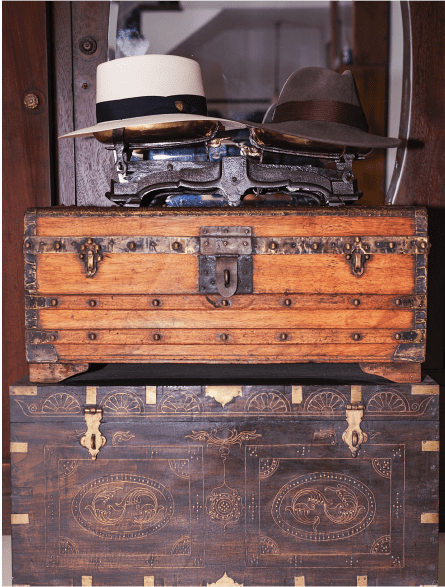
As Mid-Century furniture featured much bolder colors and abstract shapes, furniture from this era has the potential to make the perfect statement piece. Pair with traditional or modern styles to create a focal point, whether you choose a completely contrasting piece or something that stands out while merging with your interior.
Bohemian styles
Even if your modern home is filled with Bohemian styles, you can inject Mid-Century furniture into the mix.
As Boho styles are eclectic and often feature colorful designs, you can get creative when adding natural and free-flowing Mid-Century to your home. Abstract designs are the best route to choose, with fluid shapes, paint splatters, and creativity blending perfectly with modern, boho styles.
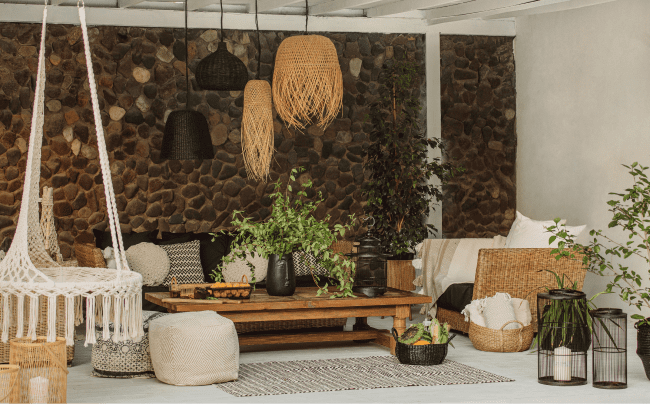
Scandinavian Styles
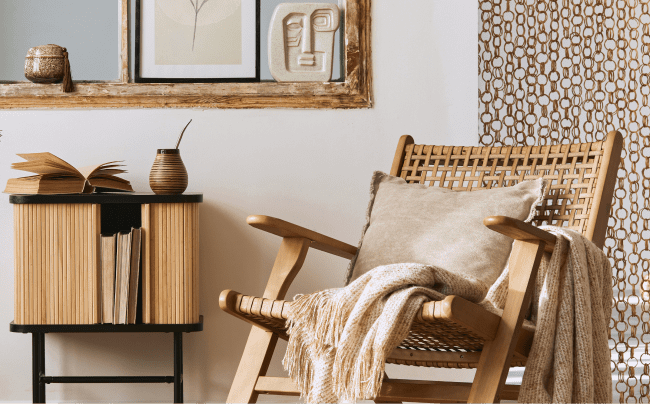
If you want to change your interior to fit with Mid-Century furniture in the best way, opting for Scandinavian furniture is one of the best routes you can take.
The two design styles feature similar characteristics, such as organic shapes and natural materials, and have an overall minimalistic approach. You can blend both styles well, with bolder pieces and textiles adding virtual interest while keeping your home balanced.
Mid-Century Furniture Styling
Putting Mid-Century furniture into your home is one thing, but knowing how to style it for the best effect is another story. Styling furniture pieces correctly can significantly change how your home looks and can take your interior design to the next level, so thinking about how you’d like to style your home is an excellent idea.
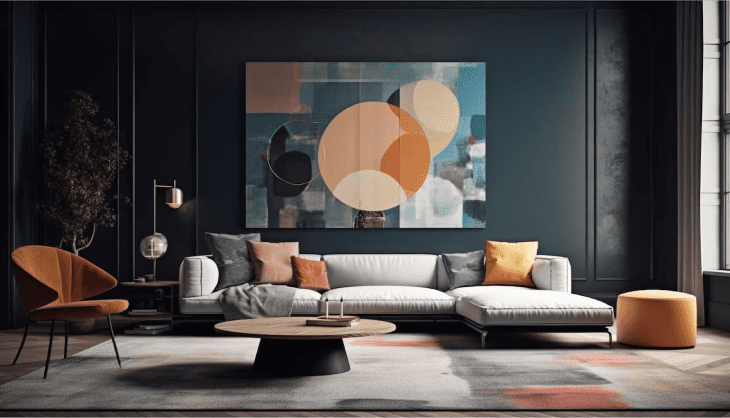
One popular choice you can make is to go all out and select bold patterns and colors that are synonymous with Mid-Century furniture.
Clashing and contrasting colors are championed with this interior style, in which abstract prints and geometric shapes can help add further character and quirkiness, whether you choose a rug, throw, or wall art.
Statement Lighting
Statement lighting is an excellent choice if you have a traditional interior but want to include Mid-Century styles. With Mid-Century lighting, you could choose a simplistic sculptural shape or a bold geometric lighting fixture to add visual interest. Either way, the innovative light creations of this time have the potential to be focal points of a home.

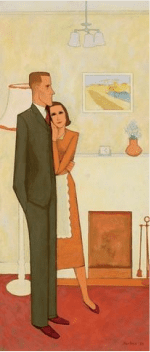
To add character to your Mid-Century furniture, consider mixing vintage and modern accessories for a versatile look. Modern additions such as candles and table lamps look great paired with vintage accessories such as sculptures and Mid-Century artwork and can help to make your home carry an eclectic style.
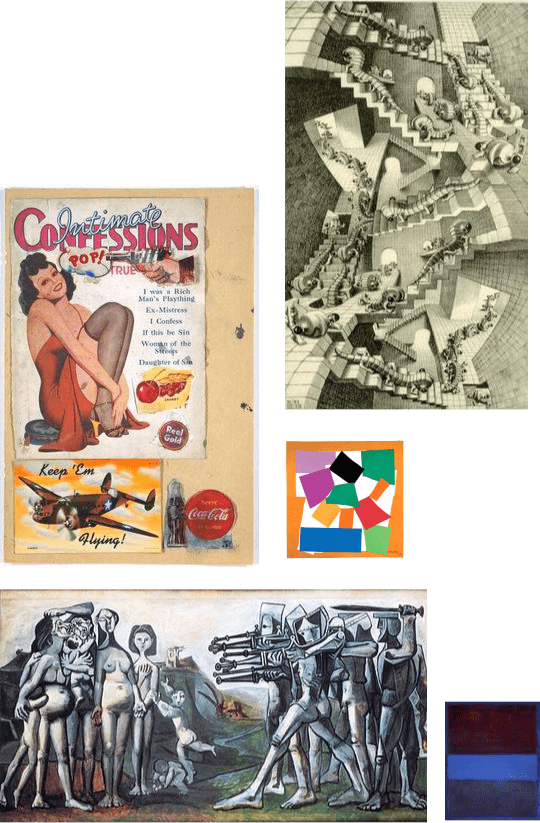
Adding
Artwork
On the other hand, if you have a keen interest in artwork, having an entire wall dedicated to showcasing Mid-Century art pieces alongside your furniture can be incredibly impactful.
To keep your display intriguing, add artwork of different sizes and shapes, with contrasting colors and blocky frames, adding to the inviting nature of this feature.
Lastly, don’t be afraid to get creative and play with color. Think about incorporating color blocking into your interior, perhaps by adding an accent wall or pairing contrasting colored throws with your couch for a striking appearance.
Initially, it can be intimidating to try color blocking, as the design technique isn’t for the faint-hearted! However, starting with a blank canvas, such as your wall, can be a great place to start.
Suppose you have a white or neutral wall; pair it with a brightly colored sofa placed in front of it, or vice versa. Assessing your space and then adjusting your furniture accordingly will be the best way to navigate color blocking.
Conclusion
Mid-Century furniture is an essential part of the past century’s interior design evolution, in which the needs of a post-war society were met through functional furnishings that never lacked in style.
Economic growth made it possible for designers to access exciting materials, along with manufacturing techniques that ensured high-quality furniture pieces were created.
This high quality is apparent, as vintage Mid-Century furniture is still purchased today by collectors and those who love vintage interiors.
The versatility of this era’s furniture makes it easy for homeowners to incorporate it into their modern homes, whether they keep a simplistic, minimal style or go all out with clashing colors and intense, quirky shapes for a striking effect.
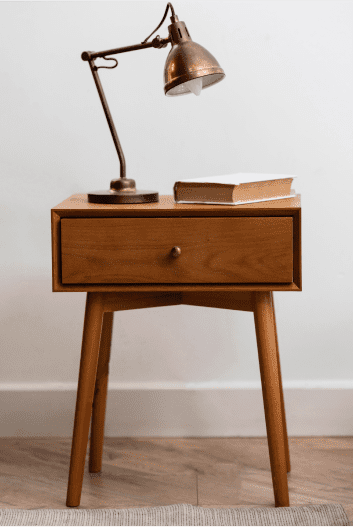
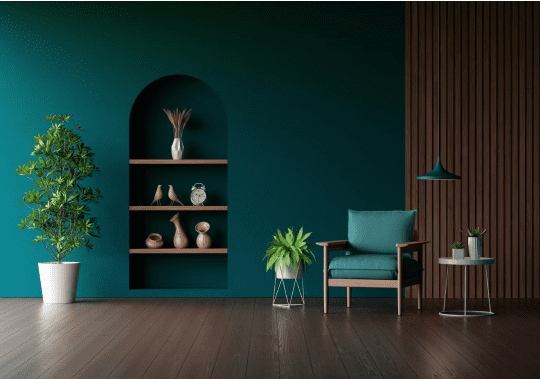
Furthermore, the uprising of numerous designers at this time and their influence shows that innovation wasn’t lacking. With interesting material choices ranging from fiberglass to plywood, to atomic-aged motifs to color blocking, this era showed that minimalistic designs didn’t have to lack intrigue, and designers kept consumers on their toes.
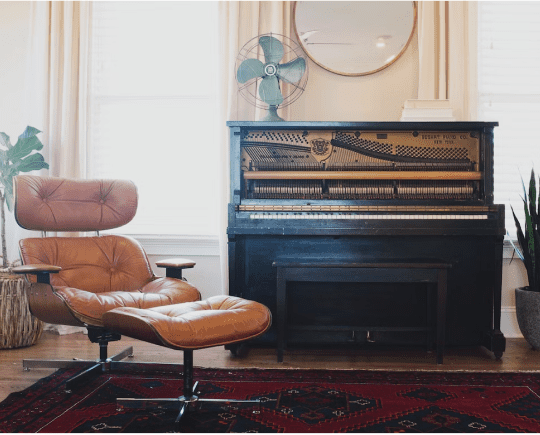
Aside from the aesthetic value of Mid-Century furniture, there has been a considerable rise in interest in vintage design in the past decade. While this can make your living space more interesting, it’s also great for the environment and ensures that less mass production will need to continue if we focus on enjoying styles from previous decades and incorporating them into modern styles.
Luckily, Mid-Century furniture is one of the most accessible styles to blend with modern-day furniture because it is versatile and has crossovers. Of course, it isn’t surprising that modern-day furniture is similar to Mid-Century pieces in many ways. Many interior styles draw inspiration from the era and the innovative designers of this time.
What is mid-century furniture?
Mid-century furniture is furniture that was created and made in the mid-20th century with clean lines, organic shapes, and minimal decoration. This type of furniture is timeless and uses modern materials such as wood, metal, glass, and plastic to emphasize functionality. It’s a popular choice with interior designers because it works with any decor style.
How did mid-century furniture come about?
The style of furniture called Mid-Century originated from the modernist movement during the 1940s and 1950s. It aimed to use simple lines, organic shapes, and practical design instead of traditional ornamentation. This style became popular worldwide because of its affordability and usefulness. Mid-Century furniture is often linked to well-known designers like Charles Eames, Eero Saarinen, and Ludwig Mies Van Der Rohe who stressed simplicity in their furniture designs.
Who are some of the most well-known mid-century furniture designers?
Mid-century furniture was popularized by famous designers like Charles Eames, Eero Saarinen, and Ludwig Mies Van Der Rohe who emphasized simplicity and practicality. Other notable designers such as George Nelson, Jens Risom, and Isamu Noguchi also implemented modernist ideals in their designs.
What are some of the most iconic mid-century furniture pieces?
The Eames Lounge Chair and Ottoman, Tulip Armchair and Table, Barcelona Daybed, and Marshmallow Sofa are some of the most well-known mid-century furniture pieces due to their uncomplicated design and aesthetic appeal. These pieces, designed by Charles Eames, Eero Sarinen, Ludwig Mies Van Der Rohe, and George Nelson, have achieved global recognition for their timeless elegance.
What are the defining characteristics of mid-century furniture?
Mid-century furniture is characterized by its clean lines, organic shapes, minimalist decoration, and practicality. It typically uses materials such as wood, metal, glass, and plastic. This style is associated with famous designers like Charles Eames, Eero Saarinen, and Ludwig Mies Van Der Rohe who incorporated modernist concepts into their work. Some popular examples of mid-century furniture include the Eames Lounge Chair and Ottoman, Tulip Armchair and Table, Barcelona Daybed, and Marshmallow Sofa.
How can I incorporate mid-century furniture into my home décor?
Mid-century furniture can fit in with various home décor styles. You can balance its modern lines by using softer colors and fabrics or add visual interest by pairing the furniture with artwork. To create a striking look, consider adding iconic pieces like the Eames Lounge Chair or Marshmallow Sofa. Additionally, mid-century furniture can be complemented with bright colors and different lighting fixtures to add dimension to your space.
Where can I find mid-century furniture for sale?
Mid-century furniture can be purchased from various places like antique stores, specialized shops for such furniture, online retailers like Etsy or eBay, and thrift stores. Unique items can also be found at local flea markets. By conducting some research, you can easily find the ideal mid-century piece that complements your home decor.
What should I look for when shopping for mid-century furniture?
To effectively shop for mid-century furniture, seek out pieces that feature simple designs, natural shapes, modest embellishments, and offer functionality. It is also important to take note of the materials used in the furniture, such as metal, wood, plastic or glass. Check the condition of the furniture carefully before buying to ensure it aligns with your home decor style. If you want an eye-catching furniture piece, you may want to check out iconic mid-century items like the Eames Lounge Chair or Marshmallow Sofa. Additionally, make sure to compare prices from different retailers both online and offline to find a good bargain.
How can I care for my mid-century furniture?
It is important to take good care of your mid-century furniture so that it lasts longer and stays in good condition. To keep its original look, use a slightly damp cloth to wipe down or dust the pieces regularly. If your furniture is made of wood, remember to oil it from time to time to keep it in good shape. Avoid using abrasive cleaning materials as they can damage the surface of your furniture. To prevent scratches on your floors and surfaces, lift rather than drag your mid-century furniture while moving them. Also, avoid exposing these pieces to direct sunlight or extreme temperatures as it can result in fading or warping. Furthermore, if you plan on rearranging your furniture frequently, consider using protective pads to prevent scratches over time.
Are there any mid-century furniture reproductions that I should be aware of?
There are numerous reproductions of mid-century furniture available in the market. Although some authentic pieces can still be found, many manufacturers have created replicas of popular designs like the Eames Lounge Chair and the Tulip Armchair. While these replicas may closely resemble the original, they are often made with cheaper materials and less durable construction. If you want to buy an authentic mid-century piece, try going to stores that sell vintage or secondhand furniture. You can also visit antique stores to learn more information. Be sure to verify the authenticity of any item through photos or detailed descriptions before making a purchase.




